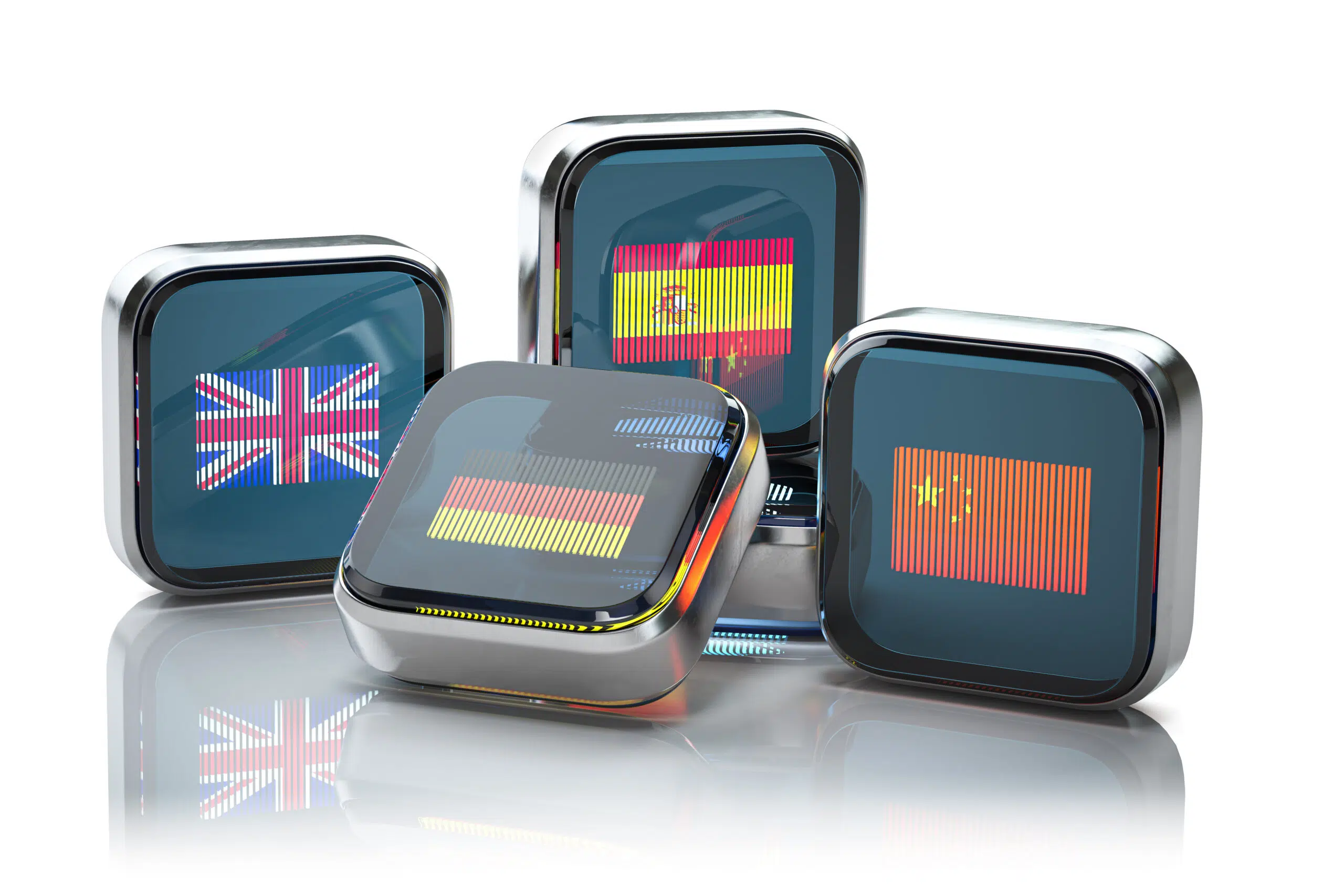At German schools, most students learn English as their first foreign language, followed by French, Latin, Spanish and sometimes Italian. But are these the really important languages of today’s world? And is this the direction that companies that want to grow internationally should go in order to be successful? The answer is a clear maybe! Of course, it often makes sense to translate your website or company brochure into the languages that are predominant worldwide and are spoken and understood by many (potential) customers. But target groups, market communication and potential clientèle vary so much from company to company that there is no blanket answer. The following questions can help companies that want to know which languages they should translate into and what to consider when doing so:
1. What languages should globally oriented companies translate into?
According to Ethnologue, there are about 6,909 languages around the world. There are significantly more different languages and variants spoken in Asia than in Europe or America. When you think of the most spoken language in the world, English probably comes to mind first. But although English is considered the key language of business, science, e-commerce and politics, it is not the language that most people in our world call their mother tongue. Mandarin is much more widespread, with over one billion native speakers. A member of the Chinese language family, Mandarin is spoken primarily in China, Taiwan, and Singapore.
Spanish comes in second place with around 520 million native speakers in countries such as Spain, Peru and Mexico. English comes in at third place in our language ranking. Although it is spoken as a native language by “only” 360 million people, it is still considered the most influential language. However, things are changing and the influence of Mandarin increasing steadily. In 4th place, we have Hindi with around 310 million native speakers, Arabic is in 5th place with around 295 million native speakers, followed by French, Bengali, Portuguese, Russian, Indonesian and Urdu. German is ranked 12th in the list of the most spoken languages worldwide in terms of the total number of speakers.
2. Isn’t an English website enough? No, it’s not that easy!
There was a time when a corporate website was a kind of all-around digital business card. Today, a website is so much more: It can be a shop floor, image endorser, customer platform, advisor, and much more. The one thing that is especially important, however, is that it is an international flagship and first point of contact when expanding into new markets. The first language is, unsurprisingly, the language of the country in which the respective company has its headquarters and origin. Since English is spoken, learned and understood by so many people worldwide as a native, second or third language, it usually makes sense to localize the website in English as well. And here, the emphasis is on “localization,” because a straight translation is not enough. Instead, national characteristics, technical terms, style and target group specifics must always be taken into account.
What’s more, it’s good to ask the question. While English is likely to be understood by customers in the target country, it’s probably be a good idea to translate the website into the language that the website visitors you are targeting really know and understand best. Talking to people in their own language creates a stronger bond and evokes more positive connotations than an English translation that they can understood but lacks that certain “something extra” to evoke emotions, for example.
Generally speaking, addressing people in their own native language evokes a feeling of security, and your company will be taken more seriously. At the same time, a website in multiple languages suggests internationality and size, and shows that you value your customers because you translate your content for them. Working together with an experienced and professional translation agency, companies should therefore individually assess and determine which language(s) are sensible and advisable for their online presence, which target groups should be addressed and how. There is no one-size-fits all solution here that is equally suitable for every company.
3. Why is it a good idea to rely on professional translation support?
In addition to having a well-defined strategy for each target group, companies should strategically plan and determine what content they want to translate and for whom. While in one country, for example, social media is the way to go, in other markets it makes sense to pay more attention to videos as well as translated subtitles. In addition, there are differences between generations. For example, around the world, younger people are more likely to want to have their content translated than their parents’ generation. Data from GWI shows that Generation Z Internet users are nearly twice as likely to use an online translation tool as Baby Boomers, with nearly four in ten female Internet users between the ages of 16 and 24 having recently translated content online. These findings suggest that people are increasingly reading, watching, or listening to content in languages other than their own native language. This opens up some exciting new opportunities and challenges for marketers worldwide. And since machine translation tools quickly come up against their limits, such as the translation of technical terms or content that has contextual meaning, it is advisable to call in a professional translation partner to avoid errors, misunderstandings and potential damage to your company’s image.
A ranking of the world’s most widely spoken languages can give companies an idea of which translations might be beneficial to their success. Nonetheless, company managers must decide in each case which languages are advisable for communication with sometimes very different target groups and markets in different business areas. Experienced language translation service providers such as ACT Translations are the best place to start in this regard, as they can provide information on what the company-specific “hit list” of languages should look like and what content should be translated and how.







